We use World Nomads travel insurance ourselves whenever we travel internationally—we use them because we've met the people behind World Nomads and we think they've put together an excellent product designed with the independent traveller in mind, but that isn’t to say they are the perfect fit for everyone.
The points below are not specifically (nor solely) related to World Nomads—always do your research and use the following to help you select a provider that is a good fit for you.
The return ticket
Travel insurance is generally sold on the expectation that you have a return ticket to your home country. Let's say your policy has a provision that in the event of a medical emergency they’ll look after getting you home. This is often referred to as a Trip Interruption Event. When the insurer says they’ll get you home, what they may really mean is they’ll pay the fees associated with changing the dates on your return ticket to get you home. What they mostly don’t mean is that they’ll buy you a ticket to go home.
If you don’t have a return ticket, and you need to return home for a medical emergency (for example), you may end up needing to pay for that ticket yourself.
Anything to do with motorbikes
See our separate section on motorbikes and insurance for a wrap on this, but essentially if you have an accident on a motorbike you are riding and you are unlicensed or not wearing a helmet, then your insurance is most likely void.
If you do not possess a valid motorbike licence, consider very carefully the risks before deciding to ride one. Always, always, always (even if you are just a passenger) wear a helmet.
Due care
Your policy will probably say you should be exercising this, particularly if you are robbed. Did you leave your smartphone on the bar while you went to the toilet and when you came back it had been stolen? I’m shocked to hear that. Your insurer most likely will not pay.
Generally if, looking back, you’re thinking, “Oh my God, what was I thinking?” then chances are your insurer will be thinking the same, and they won’t cover it.
Embassy warnings, conflict zones, civil strife and so on
If your home country's government has a “do not go” alert on where you go, you’re probably not covered. Likewise conflict zones and civil strife are very grey areas. If there is a chance you’ll be shot if you step outside, then now may be the time to stay indoors and read the small print on your policy.
Someone else’s fault
At times, travel insurance providers like to pass the buck. They may say they cover flight delays, but read the fine print: Let's say your airline cancelled your flight for no clear reason and the roll on effect had you losing hotel reservations and so on. Your insurer may say it's the airline’s fault and tell you to make a claim with them (good luck with that!). Even if you do, the airline might say, well, you didn’t purchase our insurance when you bought the ticket, so we can’t help you.
Extending policies
Sometimes trips are going so well you decide to stay away longer, meaning your one-month policy is going to run out before your trip is over. No worries, just extend your policy?
Warning klaxon!
Insurance providers often talk about extending policies when what they really mean is selling you a new policy. This is no big deal if you never made a claim based on the initial policy. But if you did, that claim may have just become a pre-existing condition and so is no longer covered. This can be a very big gotcha.
If there is a good chance your trip will go for longer than planned, consider buying a longer policy to avoid needing to “extend” your policy.
Excessive excess
Your fancy digital camera is worth $5,000 but your travel insurance policy has a maximum per item reimbursement of $500. That has to hurt! If you’re travelling with expensive gear, travel insurance providers often have more expensive “premium” policies that offer higher payouts. Again, read the small print and buy the right policy for you.

.png)
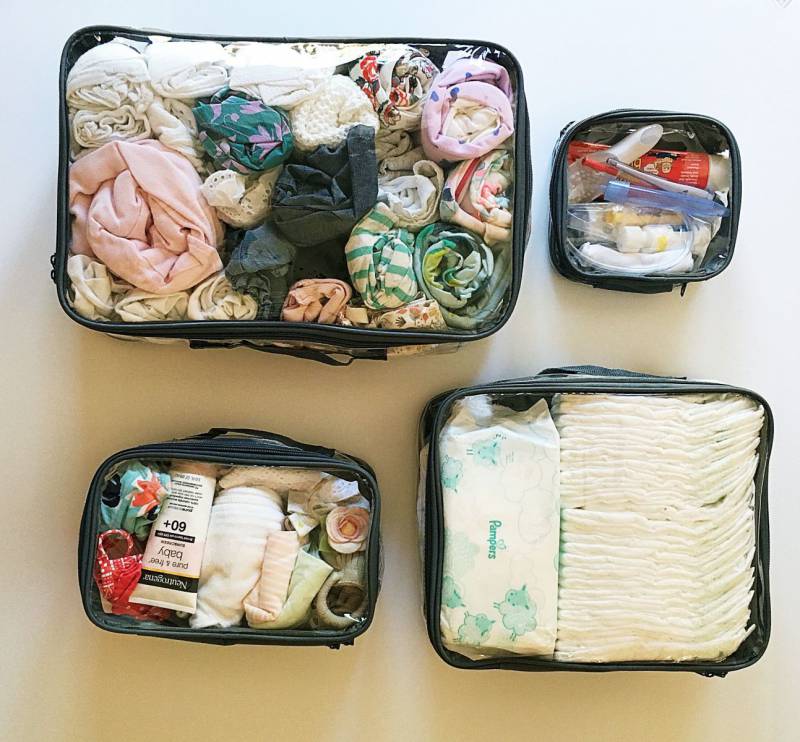
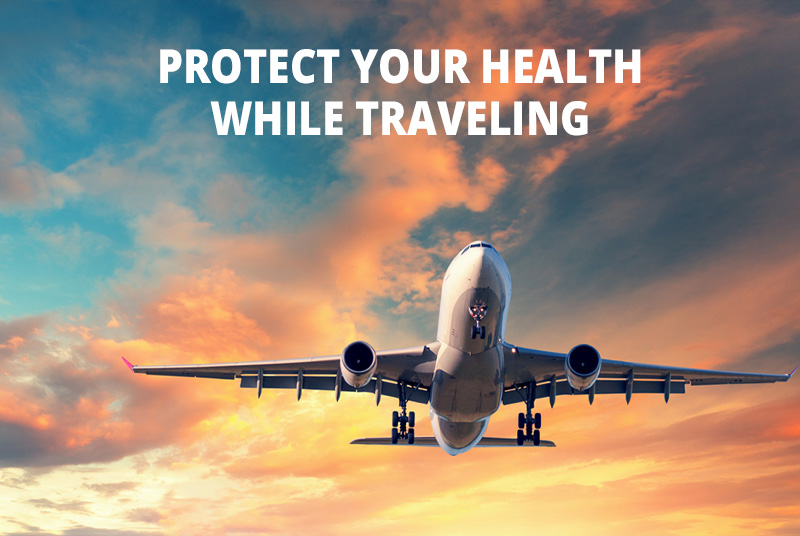
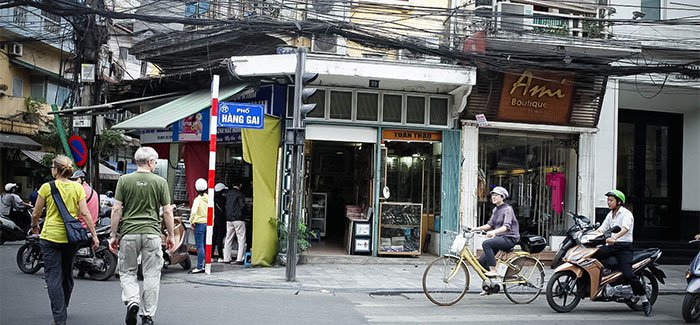
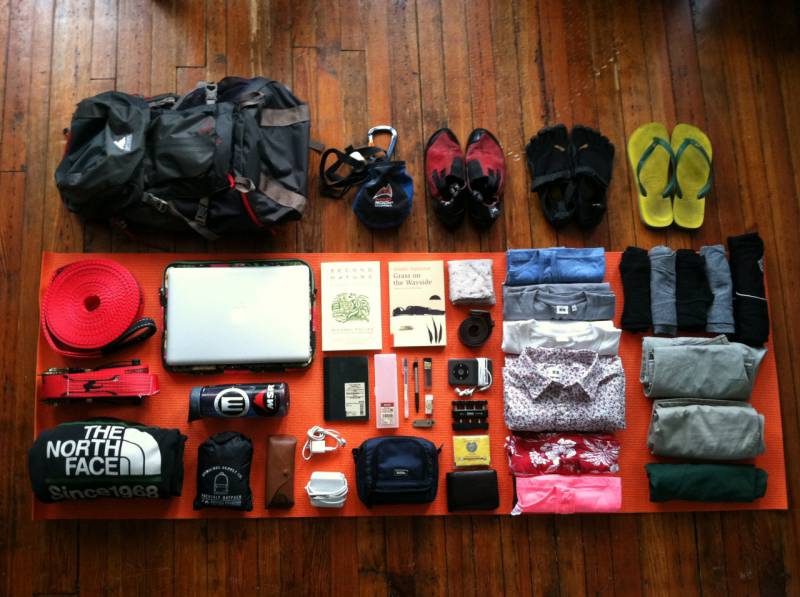

.jpg)
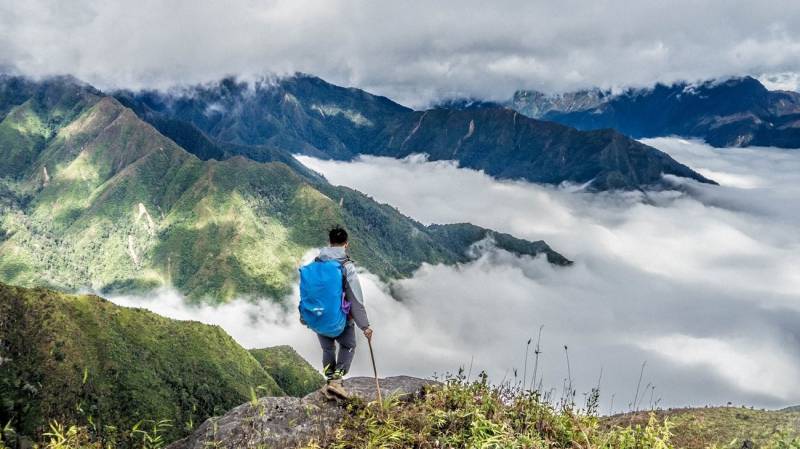

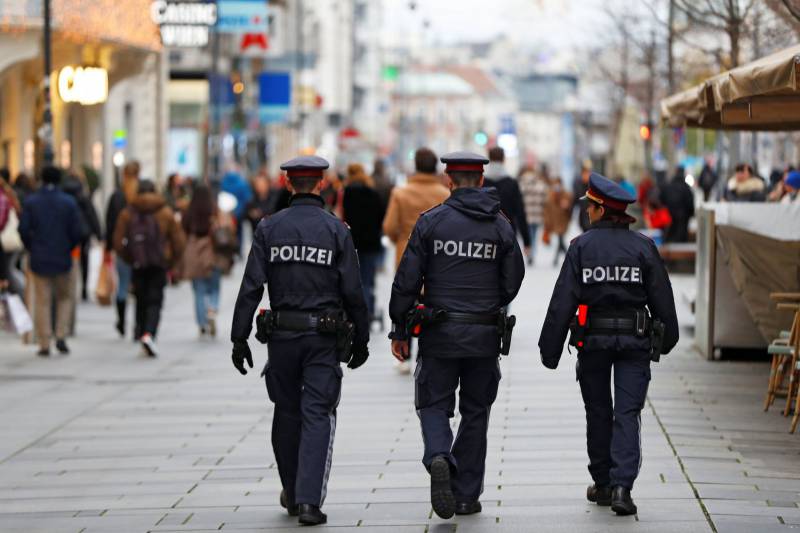
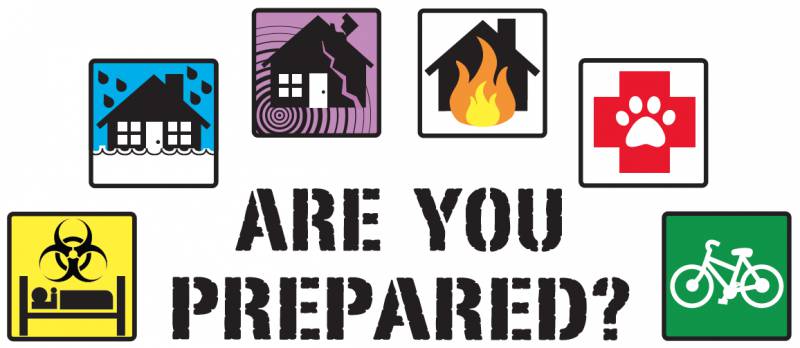

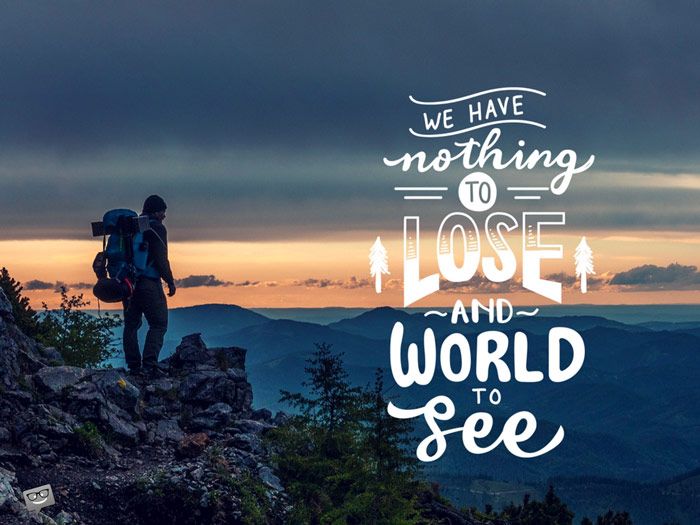
.jpg)
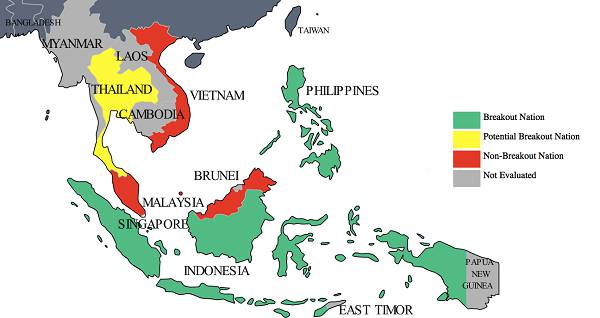
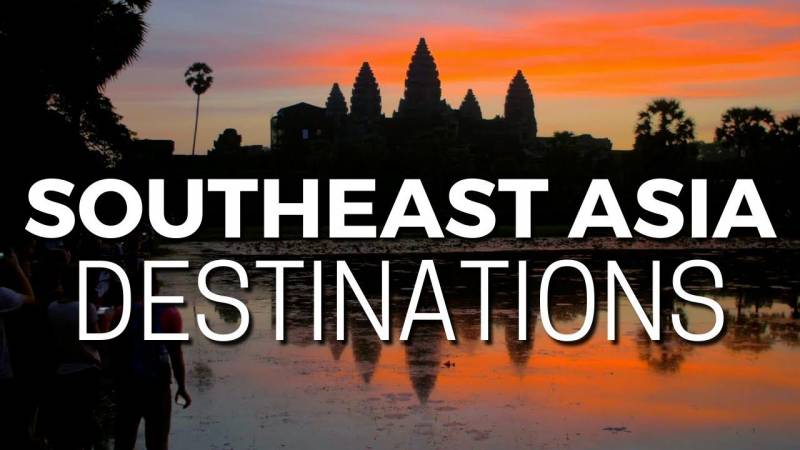
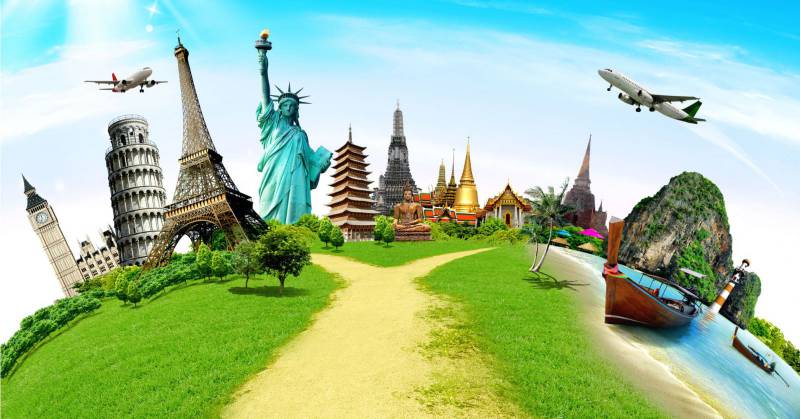
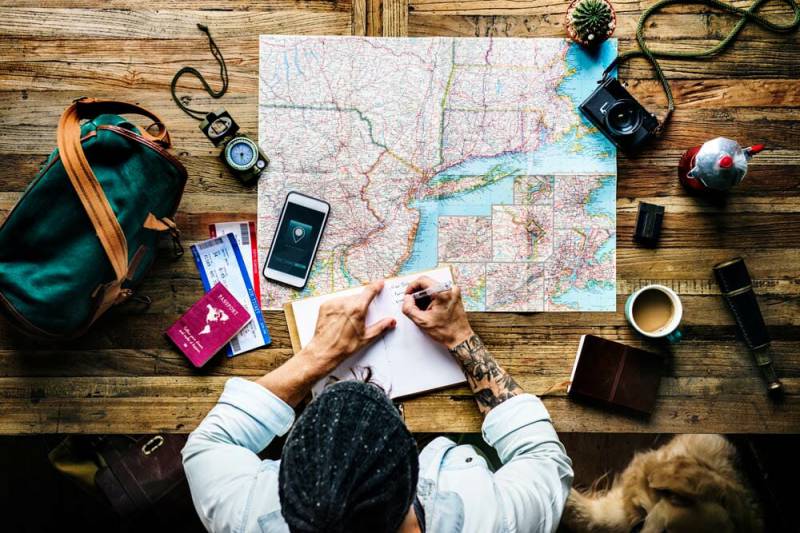
.jpg)






